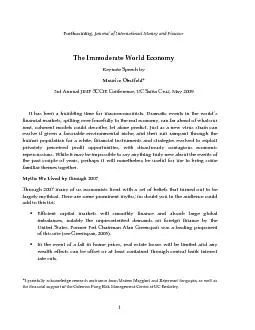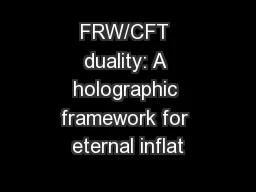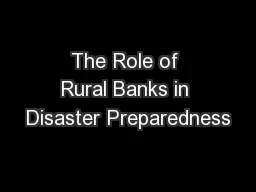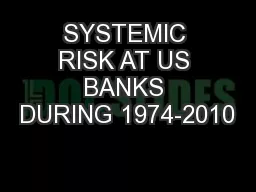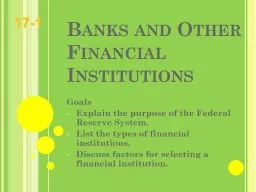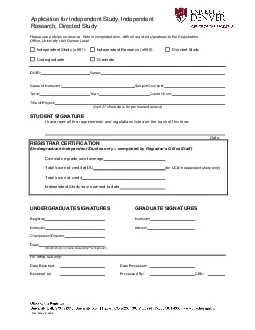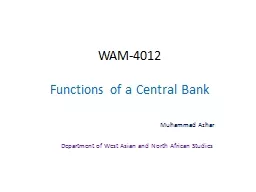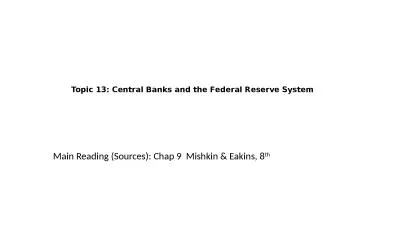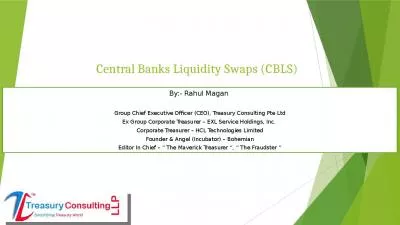PDF-Central banks are securely independent and firmly in control of inflat
Author : debby-jeon | Published Date : 2015-08-11
Reality as we knew it changed dramatically because several interrelated and ultimately unsustainable economic imbalances persisted far too long before coming to
Presentation Embed Code
Download Presentation
Download Presentation The PPT/PDF document "Central banks are securely independent a..." is the property of its rightful owner. Permission is granted to download and print the materials on this website for personal, non-commercial use only, and to display it on your personal computer provided you do not modify the materials and that you retain all copyright notices contained in the materials. By downloading content from our website, you accept the terms of this agreement.
Central banks are securely independent and firmly in control of inflat: Transcript
Download Rules Of Document
"Central banks are securely independent and firmly in control of inflat"The content belongs to its owner. You may download and print it for personal use, without modification, and keep all copyright notices. By downloading, you agree to these terms.
Related Documents

